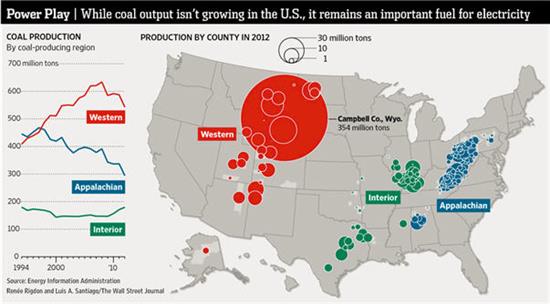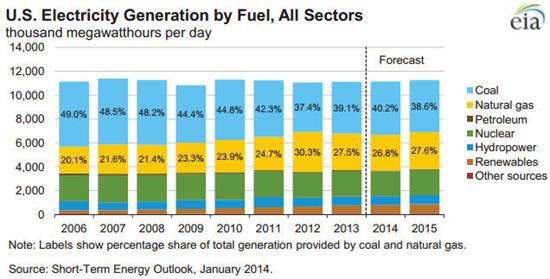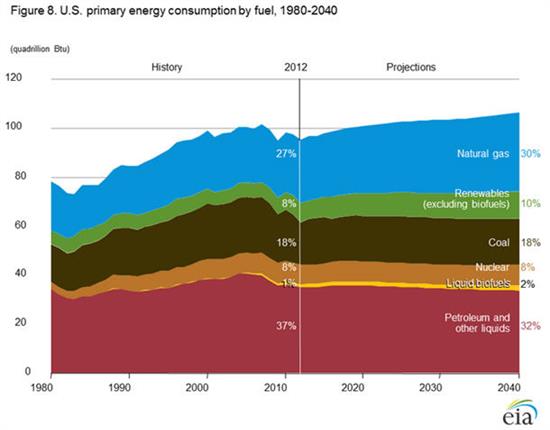Blog
The Importance of Coal in America’s Energy Portfolio
WASHINGTON, D.C.,
January 15, 2014
|
Michael Tadeo
(202-225-2761)
America can count on reliable and affordable electricity from coal for the foreseeable future. This will only happen if the Obama Administration stops its constant attacks on this abundant resource. In 2013, coal provided America with 40% of America’s electricity while providing countless direct and indirect jobs. Many communities around the country rely upon coal for their livelihoods. Needless to say, coal is an important part of America’s energy portfolio and an all of the above energy policy, that includes coal, is key to making sure the lights always stay on across America. Take a look at the 10 Reasons Why Coal is Here to Stay, courtesy of Matt Smith at Fuel Fix. 1. Coal has historically been, and is currently, the leading fuel in the US power generation mix. It is also expected to play a leading role for many years to come:
3. Coal consumption is expected to drop in 2016 due to MATS (Mercury and Air Toxics Standards) – new federal limits on mercury emissions - spurring on the retirement of older coal plants which don’t have have emission-control equipment. After 2016, however, coal-fired electricity generation is expected to increase slowly over the next 10 years as the remaining coal-fired capacity is used more intensively. 4. In terms of output, although the US has seen a drop-off in coal production for the Appalachian region, the Interior region has grown, while the Western region has also shown a rising trend until recently. The Department of Energy expects coal production to remain fairly constant over the coming decades:
5. Although there may be a lesser need for output growth in coal to meet US demand, this surplus coal is finding its way abroad, boosting US exports to a record level in 2012 at 114.2 million tons.
6. A white paper released by the EIA last week highlights that more than half of U.S. coal exports are shipped to customers in Europe, while much of the remainder stays within the Americas. Demand is strong and diverse. That’s 18, 700,000,000,000,000 Btus:
|
Newsletter Sign Up
Sign up to receive news, updates and insights directly to your inbox.




